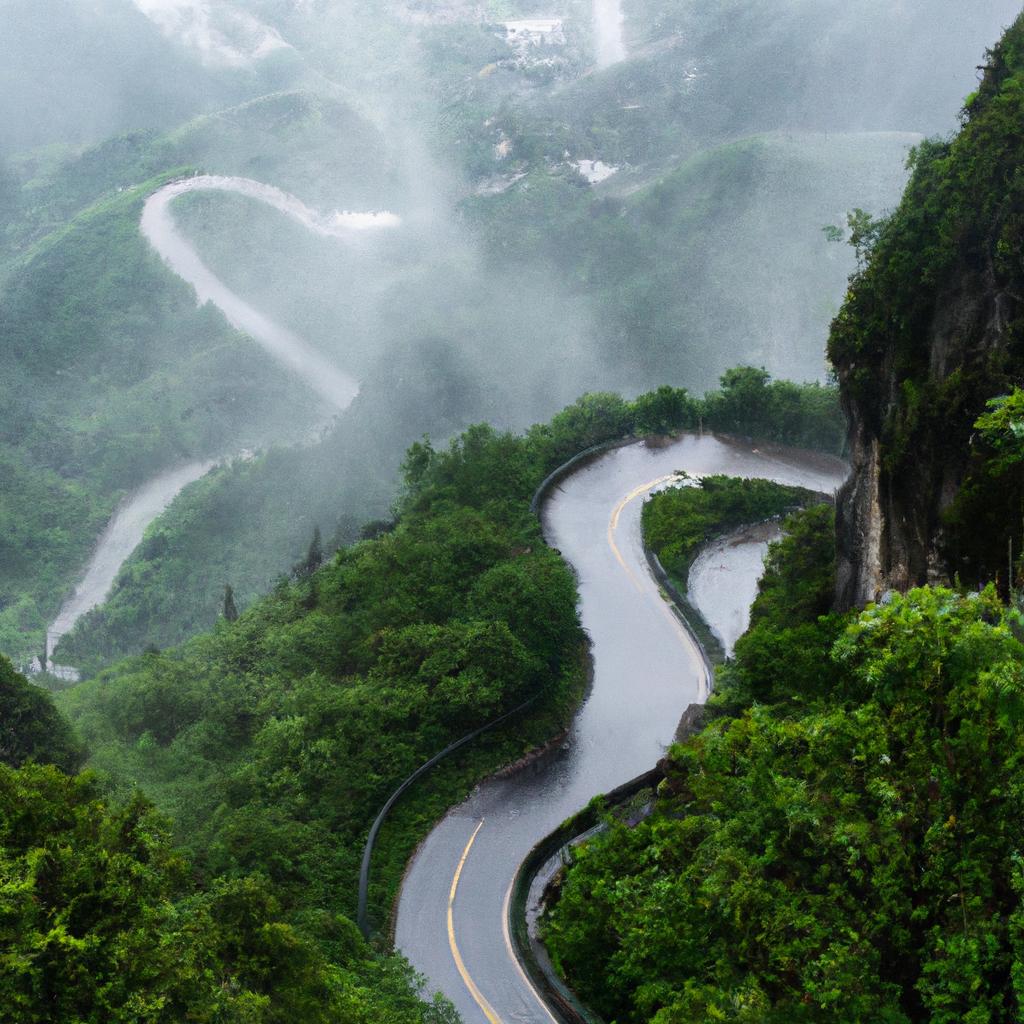Chinese mountain roads are not just mere paths; they are ancient gateways that traverse the breathtaking landscapes of China. These roads have witnessed the rise and fall of dynasties, the triumphs and trials of empires, and the connection of people and ideas across vast distances. In this article, we delve into the captivating history, geography, challenges, and future of Chinese mountain roads, unveiling their hidden secrets and untold stories.
A Journey Through History: Tracing the Origins of Chinese Mountain Roads
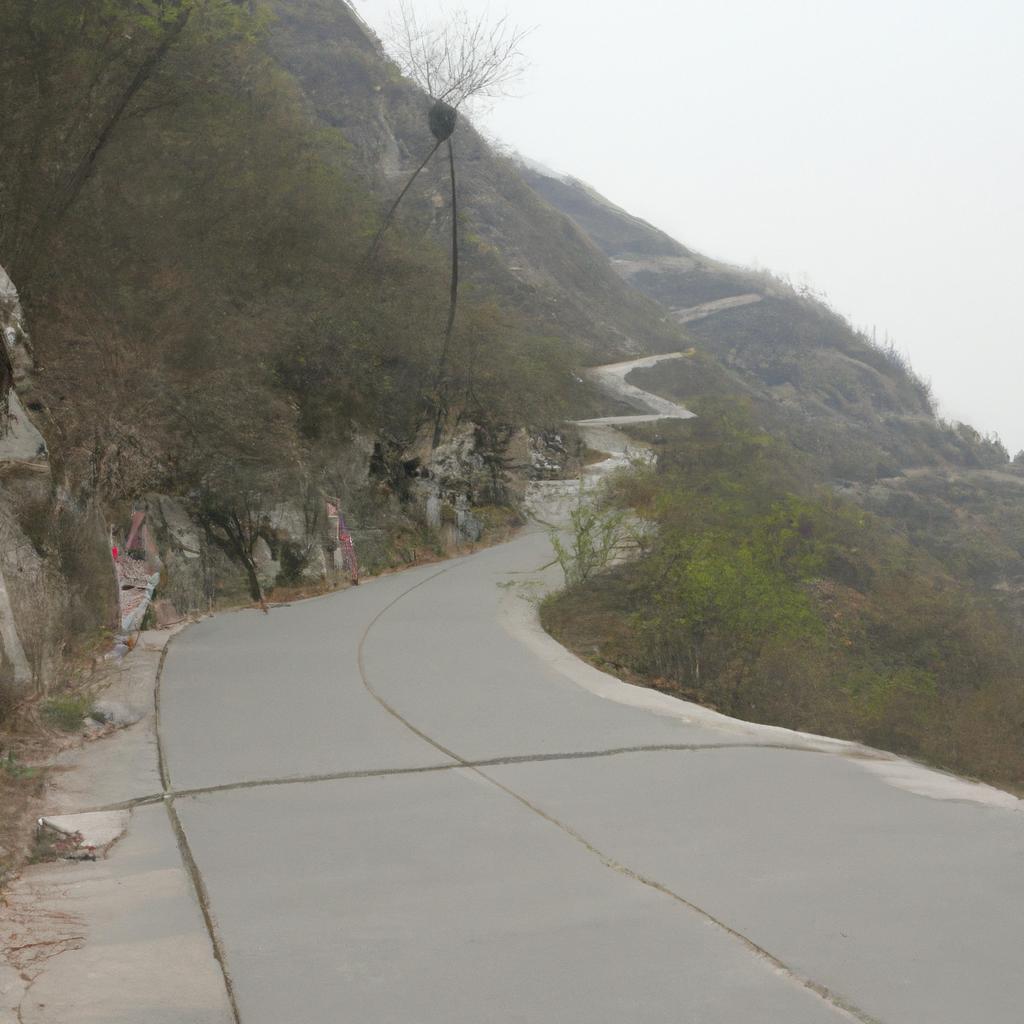
The history of Chinese mountain roads dates back to ancient times, when intrepid traders braved treacherous mountain passes to transport goods across the nation. You might have heard of the fabled Silk Road, the ancient trade route that linked China to Europe, meandering through rugged regions like the Pamir Mountains and the Tien Shan Mountains. During the Ming Dynasty (1368-1644), several mountain roads were constructed by the government to facilitate trade and communication between different parts of the country.
Among the most renowned Chinese mountain roads is the Qinghai-Tibet Highway, an engineering marvel that connects Xining in Qinghai province to Lhasa in Tibet. Built in the 1950s, it stands as the highest highway in the world, surpassing a staggering altitude of 5,000 meters. Constructing this road required conquering formidable challenges such as traversing rugged terrain, crossing mighty rivers, and withstanding extreme weather conditions.
The Magnificence of Chinese Mountain Roads Unveiled
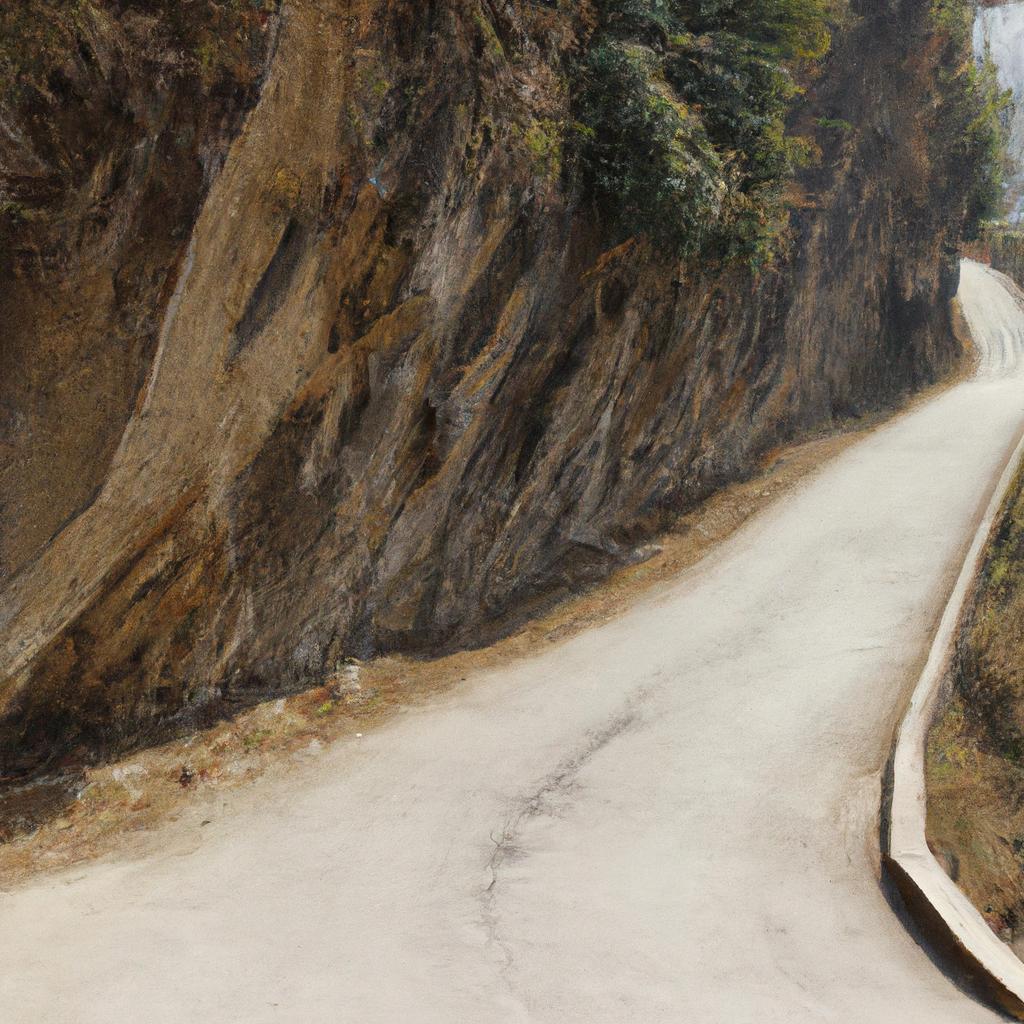
China’s mountainous regions encompass more than 60% of its total land area, boasting some of the planet’s loftiest peaks, including the legendary Mount Everest and the majestic Himalayas. The landscape varies from sheer cliffs to narrow valleys, creating a kaleidoscope of natural wonders. The roads winding through these awe-inspiring landscapes offer breathtaking views of mountains, rivers, and verdant forests, leaving travelers awestruck.
On these roads, you’ll witness the marvels of human ingenuity as they traverse cliff edges, carving a path through mountains. Tunnels and bridges are meticulously built to conquer the challenging topography. The Guoliang Tunnel, nestled in the Taihang Mountains of Henan Province, is a testament to human determination, as it was carved by hand through the heart of a mountain. With a length of only 1.2 kilometers, it accommodates just one car at a time. Another architectural wonder is the Sidu River Bridge in Hubei Province, soaring 496 meters high and ranking as one of the tallest bridges on Earth.
Overcoming Challenges: The Intrepid Spirit of Chinese Mountain Roads
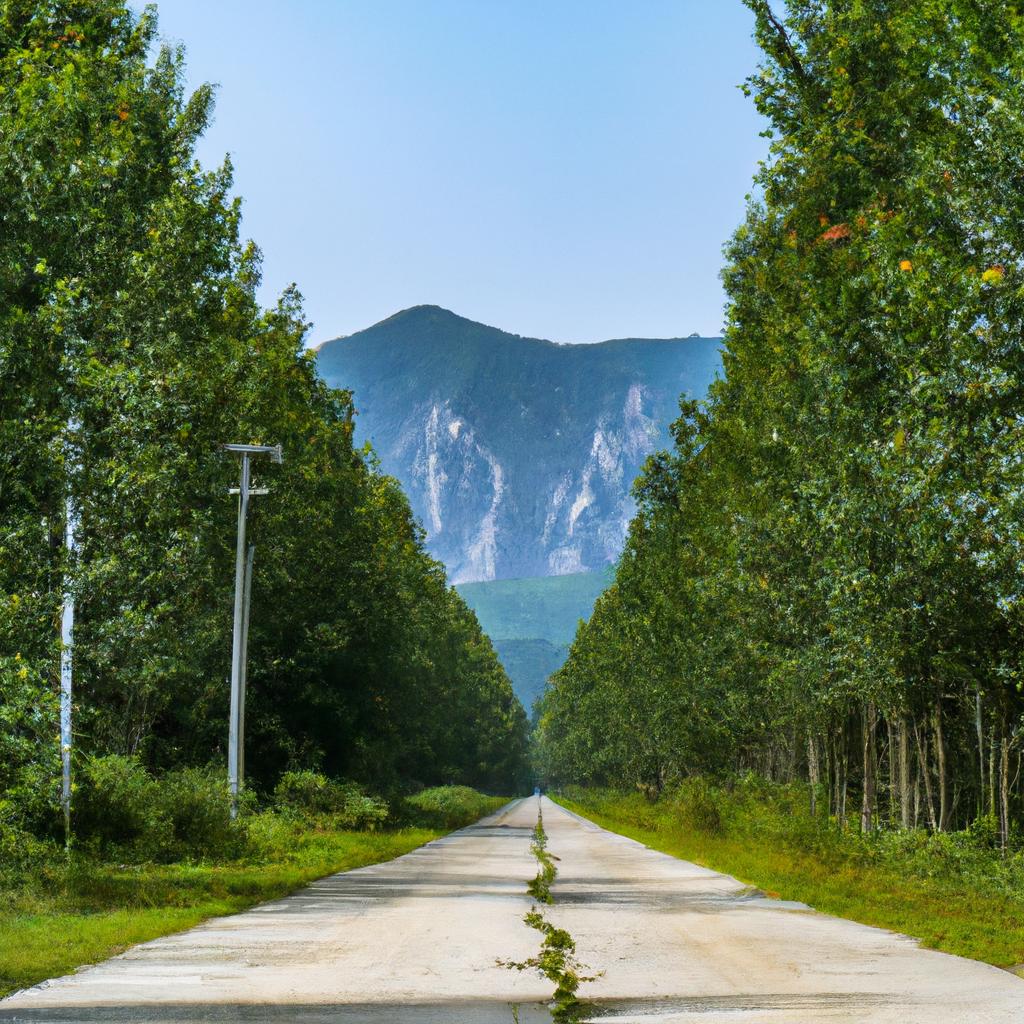
Building and maintaining Chinese mountain roads is a formidable task, thanks to the rugged terrain and extreme weather conditions. Safety remains a paramount concern, with narrow and winding roads limiting visibility and increasing the risk of accidents. The high elevation and steep inclines subject vehicles to great strain, posing further challenges.
Maintenance of these roads is an ongoing endeavor, as landslides, rockfalls, and erosion threaten their stability. The government has invested substantially in road infrastructure, working tirelessly to improve safety and accessibility. However, the sheer scale of the road network makes it challenging to maintain every road at the same level.
In addition to these challenges, Chinese mountain roads are susceptible to natural disasters such as floods, landslides, and earthquakes. Tragically, in 2020, heavy rainfall triggered a landslide on a mountain road in Sichuan province, claiming the lives of at least 20 individuals. To mitigate the impact of such disasters, the government has implemented measures like early warning systems and emergency response teams.
A Bright Future: Enhancements and Advancements of Chinese Mountain Roads
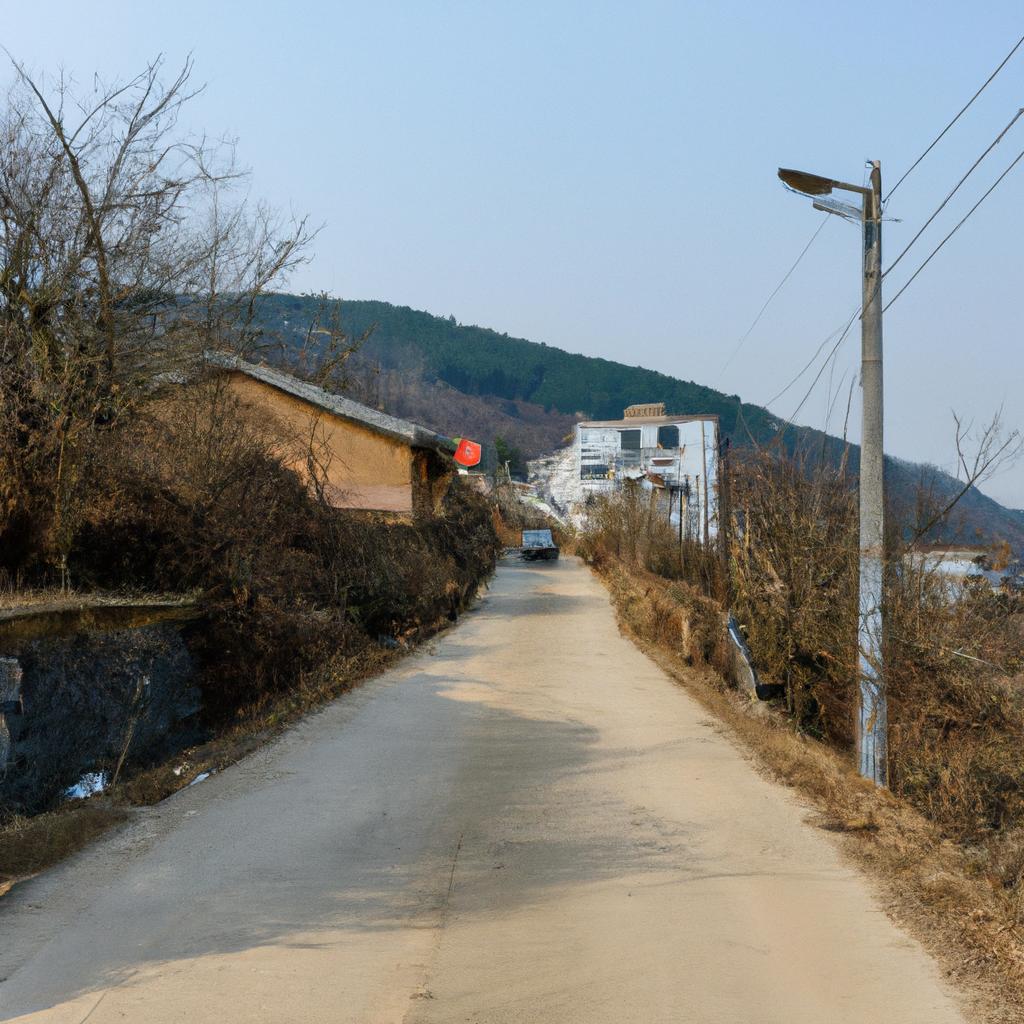
The Chinese government has made substantial investments in enhancing the country’s mountain roads, with a vision to improve transportation, boost tourism, and foster economic growth. A flagship initiative, the “Beautiful Countryside” project, focuses on upgrading rural infrastructure, including roads, bridges, and public facilities. Simultaneously, measures to enhance road safety, such as constructing guardrails, improving lighting conditions, and enforcing traffic laws, have been put in place.
Technological advancements have played a pivotal role in transforming Chinese mountain roads. The utilization of drones, satellite imagery, and remote sensing technologies enables engineers to survey and map mountainous regions more accurately, identifying potential hazards and designing safer roads. Furthermore, the use of advanced materials like high-strength concrete and steel has resulted in the construction of roads resilient enough to withstand the harshest weather conditions.
The Final Ascent: Chinese Mountain Roads as the Heartbeat of a Nation
Chinese mountain roads form an indispensable lifeline, connecting far-flung regions and granting access to some of the world’s most captivating landscapes. They have witnessed the intricate interplay of history, trade, and communication, shaping the nation’s identity and fortifying cultural bonds. While the roads present their share of challenges, the Chinese government’s unwavering commitment to infrastructure development and technological advancements has significantly improved road conditions and safety.
As TooLacks, we take pride in celebrating these remarkable feats of human engineering. Let us marvel at these mountain roads that weave together the diverse fabric of China, bridging cultures and promoting economic prosperity. To embark on your own journey through Chinese mountain roads, visit the TooLacks website, where you’ll find further inspiration for your explorations.
